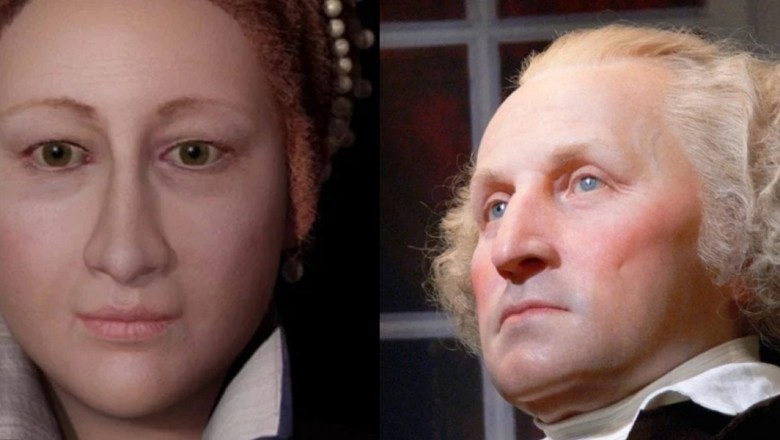
Unveiling the True Faces of Cleopatra and Ancient Heroes - Prepare to be Amazed!
Finally! Lifelike images of Cleopatra and Ancient Heroes
Previously, we had to rely on centuries-old paintings and drawings to get an idea of what people from history looked like. But modern technology has gifted us with something amazing.

Researchers worldwide are working like forensic anthropologists to reconstruct the faces of Julius Caesar, Cleopatra, Queen Elizabeth I, and many other heroes of antiquity. And the results are breathtaking!
King Tutankhamun
King Tutankhamun was an Egyptian pharaoh from 1334 to 1324 BCE, and outside of Egyptologists, no one would know his name if his tomb hadn't been discovered in 1922. Thanks to archaeologist Howard Carter, we know a lot about this young pharaoh, and now we also know what he looked like.
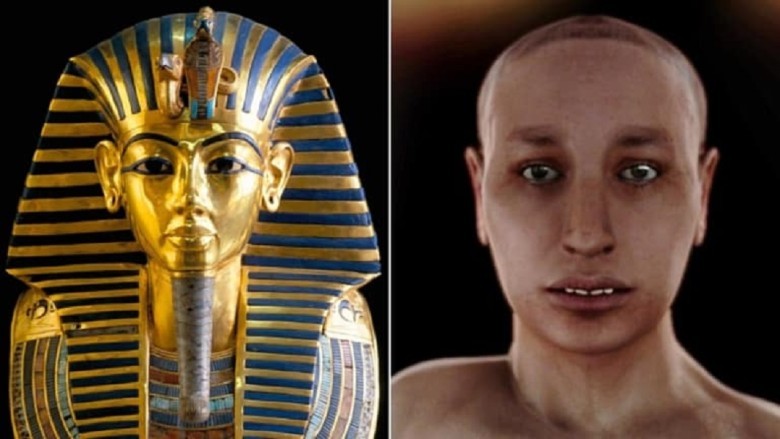
Scientists and researchers spared no expense after analyzing Tutankhamun's genetics, conducting CT scans, and carrying out over 2,000 digital scans. What was revealed was a boy with a severe overbite who was extremely fragile. But the real shock came with the revelations about his body.
King Tutankhamun in all his glory
King Tutankhamun ascended the throne of his father and became ruler of ancient Egypt at the tender age of nine. He reigned for only ten years. Modern CT scans showed that he died at the age of 19 from malaria, a broken leg, and congenital deformities resulting from inbreeding.
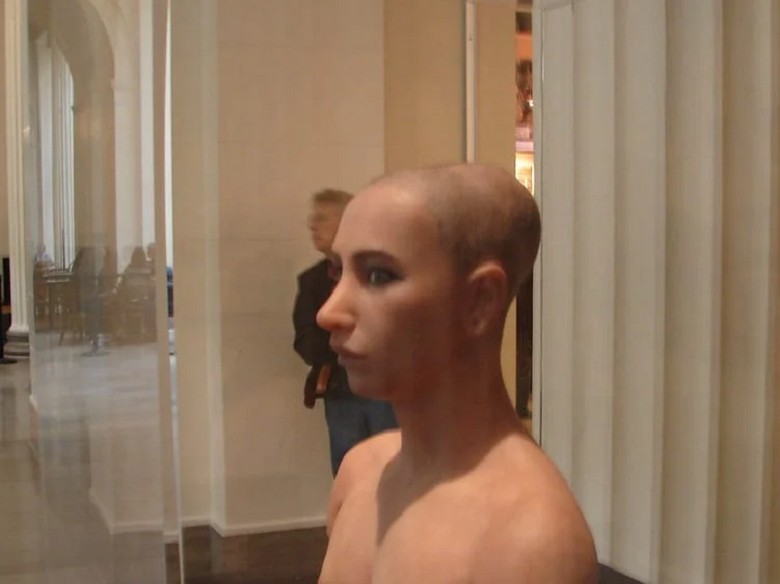
His deformed left foot may also have been a result of inbreeding. His hips were also misshapen, and he was constantly plagued by malaria infections. He is the only pharaoh depicted sitting while performing tasks such as archery.
Emperor Nero
Nero Claudius Caesar ruled as the Emperor of Rome from 54-68 CE and is widely remembered, although not very beloved. Whether he possessed artistic talent or simply made a fashion statement, his terrible chinstrap beard is as unforgivable as the atrocities he committed during his rule.
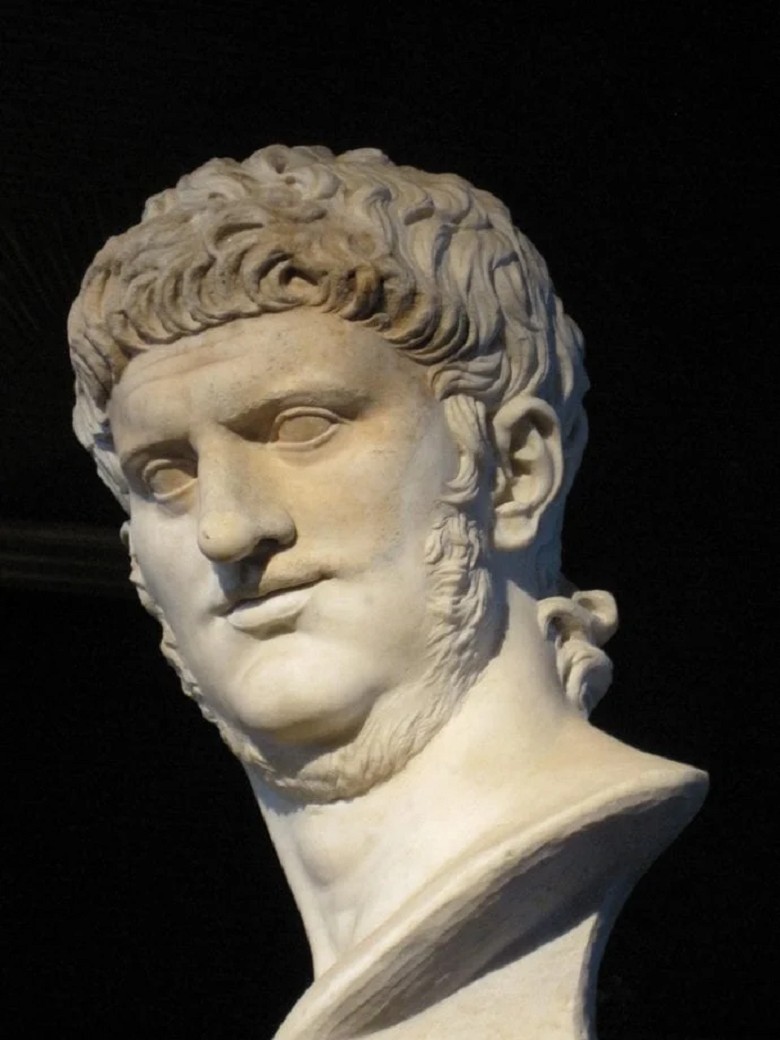
Nero was so hated that it is difficult to discern the truth from fiction regarding his actions and misdeeds. What we do know for sure is that he was a singer and lyre player, and he was also a trained Olympian who participated in chariot races.
Nero - a malevolent figure
This recreation of Nero's appearance is striking. His crooked smile, paired with his steely gaze, reveals a man determined to do whatever he pleases. If you truly want to know more about Nero, a significant incident in the year 64 CE captures his true character. When a fire broke out in the Circus Maximus, Rome burned for three days, and instead of helping its residents, Nero is said to have sung a Greek epic from the rooftop of his palace.

Many Romans believed he caused the fire himself, and although he launched a murderous retaliation, his wrath was mainly directed at his enemies – the Christians.
Nefertiti
Queen Nefertiti reigned from 1353 to 1336 BCE alongside her pharaonic husband. There is plenty of evidence to suggest that she ruled independently after her husband's death. Unlike other queens, she was depicted in Egyptian art in powerful positions. Just like King Tut, Nefertiti became much more famous when archaeologists discovered a statue of her.

The above bust, discovered in 1913 by German archaeologist Ludwig Borchardt, shows a beautiful woman with a slender neck and stunning facial features. However, a CT scan of the bust in 2009 revealed that beneath the beauty, there was another version, showing a completely different face.
Nefertiti - Beneath the Bust
Hidden beneath the painted plaster surface of the sculpture, the artist concealed a gem that perhaps was never meant to be revealed. Sculptor Thutmose created a separate limestone bust of Nefertiti beneath the plaster.

The CT scan revealed a face that was still very beautiful, but showed wrinkles on her cheeks and a bump on her nose. Nefertiti had six children in her time, one of whom became the mother of King Tutankhamun.
Robert the Bruce, King of Scotland
Robert the Bruce ascended the throne in 1306 at a time when King Edward I declared Scotland to be part of England and not its own kingdom. In 1314, Bruce defeated an English army at Bannockburn, preserving Scotland's autonomy.

Then, in late 2016, historians from the University of Glasgow teamed up with Face Lab specialists from the University of Liverpool to show us what he looked like. They used a cast of Robert's skull, which had been unearthed 200 years ago.
The Face of a King
Project leader Dr. Martin Macgregor from the University of Glasgow commented, "I don't think it's going too far to say that we might not be sitting here today talking about Scotland if Bruce hadn't been successful."

The work, which took two years, allowed researchers to determine the position of the muscles in his face. They had to guess the color of the king's eyes. There is evidence that Bruce suffered from leprosy when he died in 1329. The above version does not show Bruce with the terrible skin disease, but a separate version does.
Cleopatra
She reigned as co-regent over the Kingdom of Egypt for 30 years and was highly intelligent, multilingual, and described as a woman of great beauty. She broke the hearts of two of the most influential men of antiquity, supposedly all due to her beauty. The only problem is that this doesn't seem to be true at all.

While some Cleopatra busts portray a stunningly beautiful woman, others at the Altes Museum in Berlin depict a less attractive young woman and are regarded as the most realistic depiction of her.
Cleopatra - The True Face of Beauty
The marble bust of Cleopatra, created sometime between 40 and 30 BCE, shows her iconic melon hairstyle and bun, which were typical of Ptolemaic queens and depicted in numerous artworks and coins.
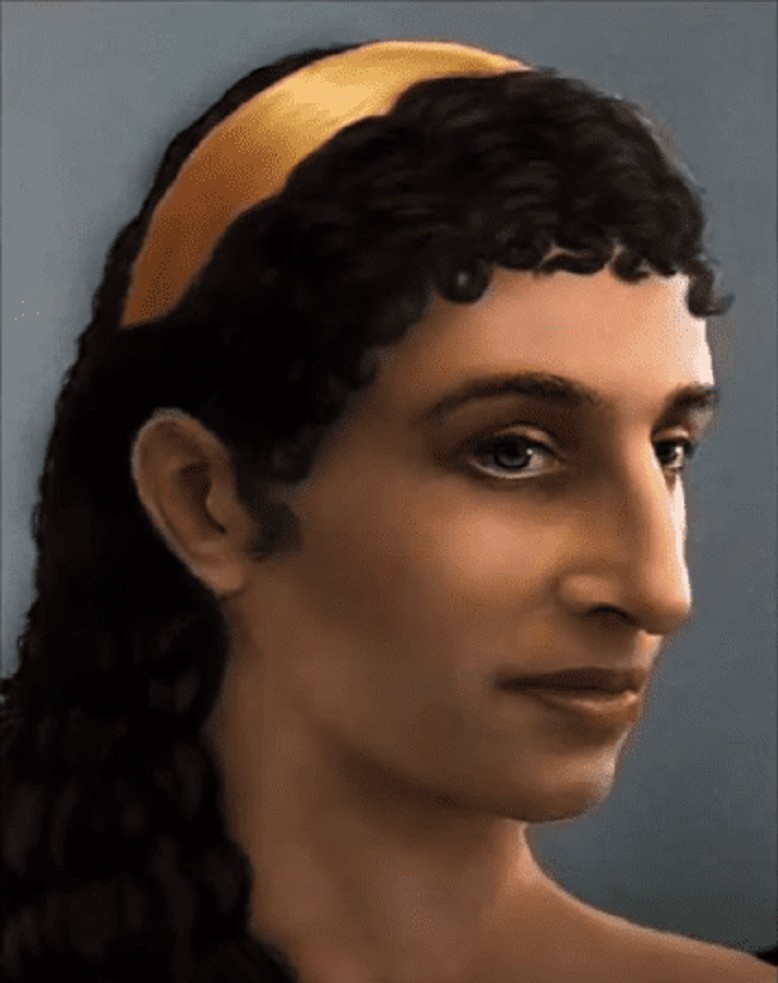
In this artist interpretation completed by M.A. Ludwig, we see a Cleopatra with a distinctive nose and almost masculine facial features. It is revealing because it suggests that she was likely much more intelligent than previously believed, as it was not her beauty that captivated the most influential men of Rome.
Julius Caesar
Julius Caesar gained fame in ancient Rome through his military exploits, leading successful campaigns that brought him victories across Europe. In 60 BCE, he made a deal with two other prominent Romans and formed the First Triumvirate.

In 50 BCE, one of the members of the Triumvirate, Crassus, was killed in battle, leading Caesar and the remaining member of the ruling group, Pompey the Great, to fight for control over Rome. In late 2018, anthropologist Maja d'Hollosy scanned the above bust, created around the time of this civil war, to create a realistic representation of how Caesar actually looked.
Prominent Figure
Pompey was allied with the Senate, but Caesar's relentless pursuit and victory in the Battle of Pharsalus in 48 BCE gave him sole control of the empire. Of course, we all know how it ended - an affair with Cleopatra, a struggle for control over the Mediterranean, and ultimately death through betrayal.
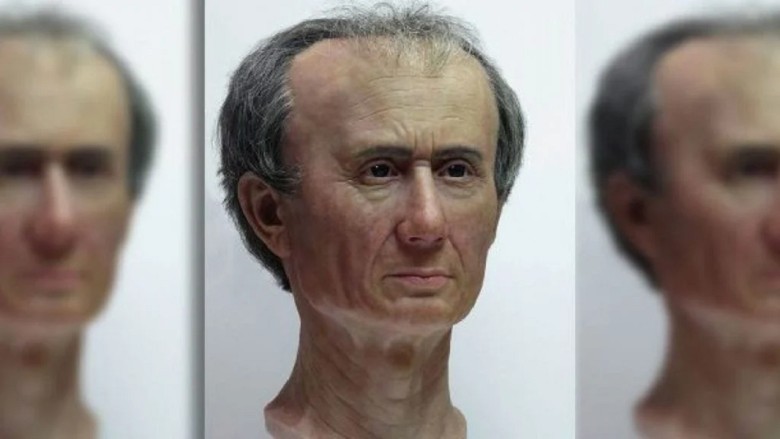
The bust in the Rijksmuseum van Oudheden in the Netherlands was one of two that were scanned to create the above image, which showcases an extremely prominent head and forehead that almost overshadow his facial features.
Queen Elizabeth I
She ruled over England from 1559 to 1603, and given her early life and the situation in England at the time, she can consider herself fortunate to have become queen at all. Elizabeth's father was married six times in an attempt to produce a male heir. Elizabeth only became queen after the deaths of her brother and sister.

She reigned for 45 years and never married during that time, earning her the title "The Virgin Queen." Her appearance was considered mysterious as Elizabeth always chose decorative clothing and heavy makeup.
Interactive Queen Elizabeth I
Queen Elizabeth had an extremely successful reign. She mended the rift between the Catholic Church and defeated the Spanish Armada in 1588. She promoted art and literature, including the inspiring works of William Shakespeare.

Using 3D printing and scans, Collishaw created an animatronic version of Elizabeth's face that even blinks and appears to be thinking. The Armada Portrait at the Queen's House in Greenwich, London was the inspiration for her face.
William Shakespeare
The English playwright is widely regarded as the most successful dramatist in history. Thanks to him, we have phrases like "night owl" and "the circle is complete," as well as memorable lines like "Cowards die many times before their deaths; The valiant taste of death but once" from his classic play Julius Caesar.
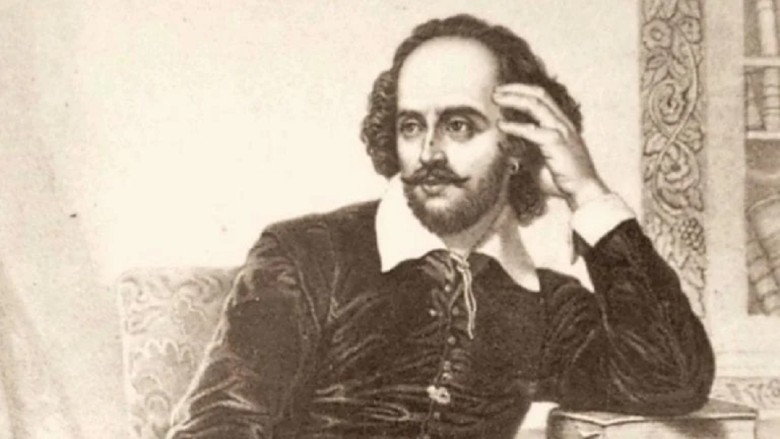
The above illustration is considered one of the most famous depictions of Shakespeare and was half engraved and half etched on paper. Scottish artist James Faed created it in 1859. It shows Shakespeare surrounded by his works, including at least 37 different plays.
Face to Face with Shakespeare
Shakespeare also founded the famous Globe Theatre and fundamentally changed the English language, a remarkable achievement for the son of an English farmer. While there are many drawings, paintings, and sculptures of Shakespeare, it was actually his death mask that was used to create an image of what he really looked like.

Dr. Caroline Wilkinson from the University of Dundee used a computer to scan the interior of the death mask and create a 3D image of what Shakespeare looked like when he died on April 23, 1616. That's why we see an older Shakespeare in the above image.
George Washington
Washington was the leader of the Northern states during the Revolutionary War and then served as the first President of the United States from 1789 to 1797. The Virginia-born former British soldier is celebrated as a fearless leader.

This particular portrait of George Washington also has a long history. It is connected to the fact that it was saved by First Lady Dolley Madison in 1814 when the British burned down the President's Palace (later renamed the White House).
The Face of the First President
Perhaps the most enduring aspect of his legacy is the fact that he voluntarily stepped down from office at the height of his popularity. He could have easily won a third term. However, he had previously established a limit of two terms, preventing the United States from becoming a monarchy or dictatorship.
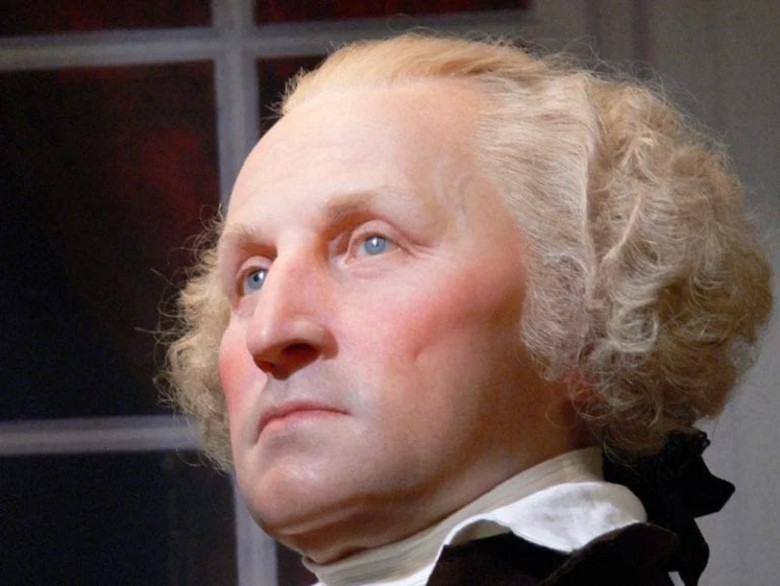
Researchers from the New Jersey Medical School in Newark have developed this computer-generated image of the first President of the United States, bringing his features to life in an extraordinary way.
Mary, Queen of Scots
Mary Stuart - or better known as Mary Queen of Scots - was the Queen of Scotland from 1542 to 1567. Her father died shortly after her birth, and she became queen when she was just six days old. Her mother sent her to France to grow up at the French court, and she eventually returned to Scotland in 1559.
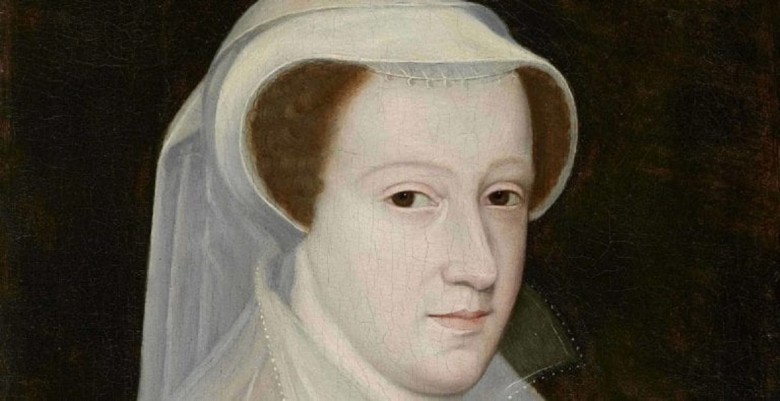
Professor Caroline Wilkinson from the University of Dundee used paintings and drawings to create a 3D image of her face. Not only that, but Wilkinson also relied on biographical information to overcome the heavily stylized versions of her depicted in popular artworks.
The Queen in all her Majesty
She was the cousin of Queen Elizabeth I, and initially, the two got along splendidly. Elizabeth even accepted Mary in England when the Scottish nobility rebelled against her. But she became involved in a conspiracy to overthrow Elizabeth and spent 19 years imprisoned, stripped of her throne.
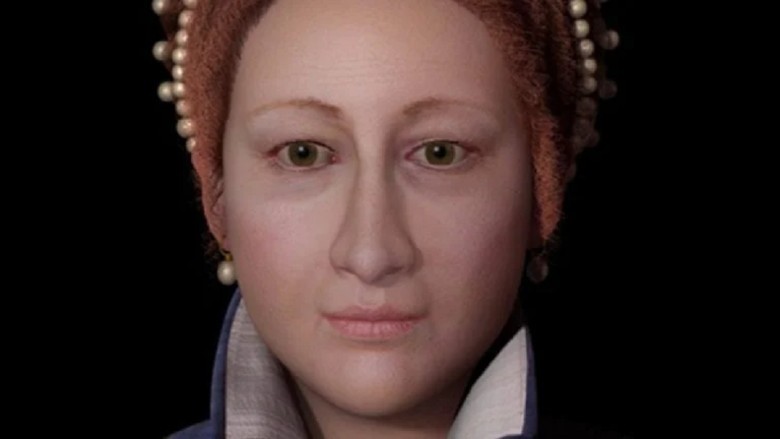
Things got worse for her when she became involved in another plot against Elizabeth, and this time she literally lost her head over the matter. The intriguing aspect of this depiction is that it portrays her at the age of 19 to 26, even though no portraits of her from that time exist.




















Comments
0 comment